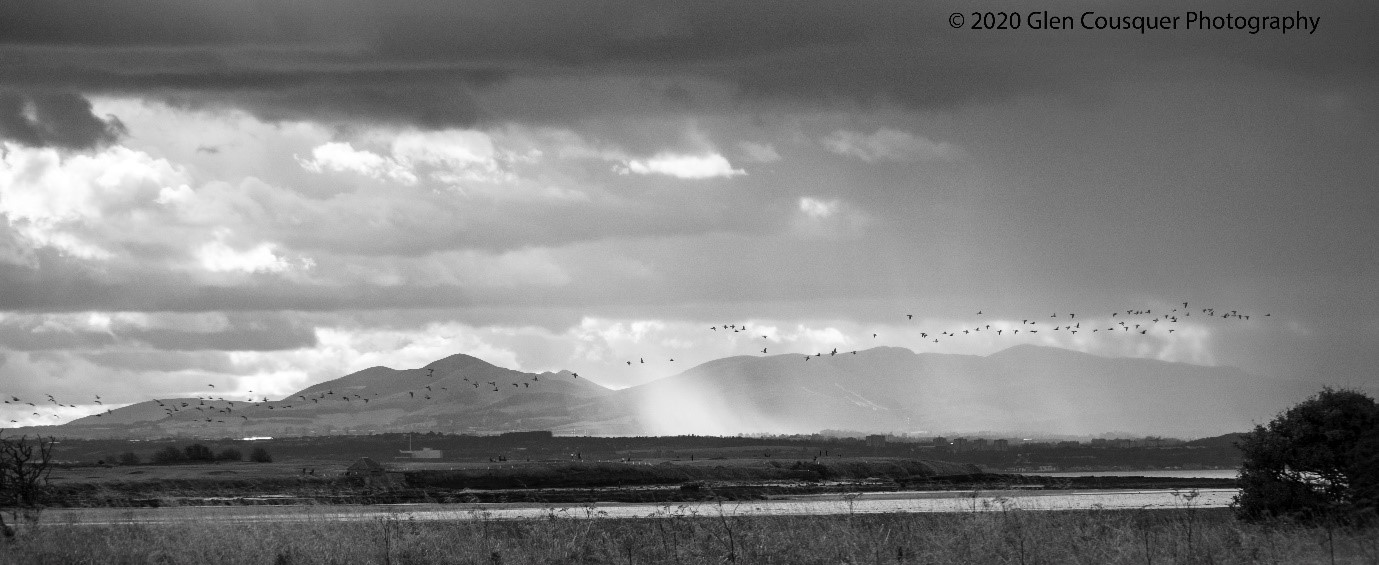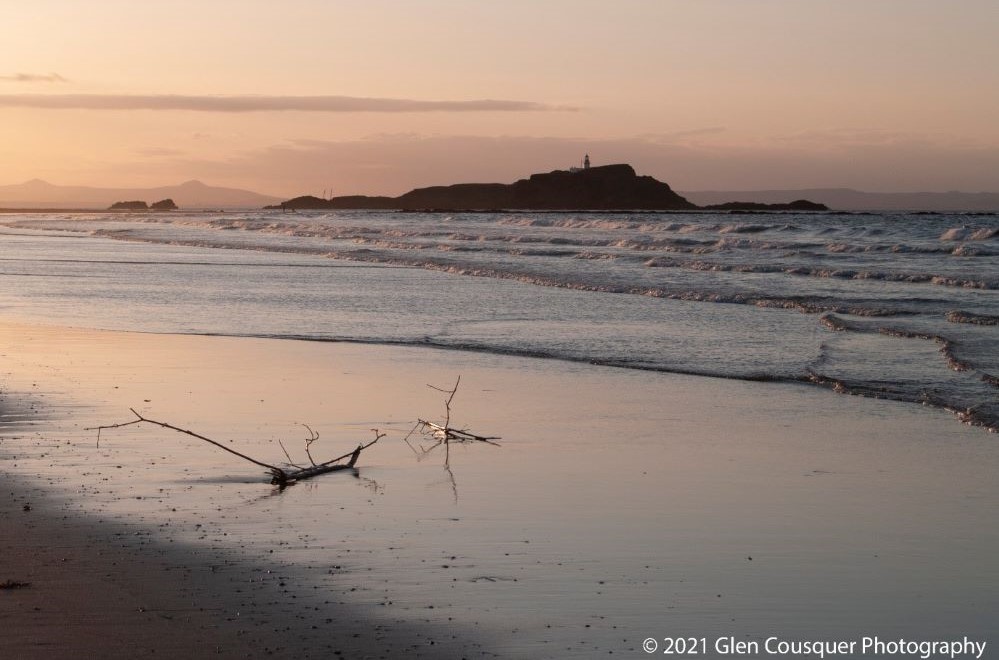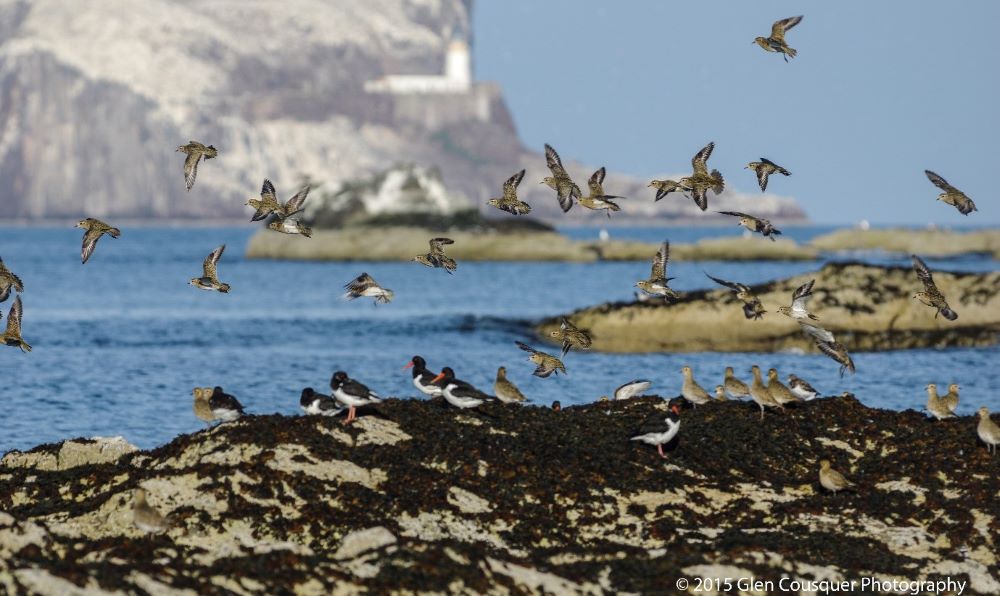
In this final part of a three-part series, Glen Cousquer takes us on a journey along the COP26 pilgrimage to provide a concrete example of what fostering an ecological awareness might look like. In this series, Dr Cousquer has first offered reflections on how climate sensitivity might be taught, and then contemplated the value of nurturing our emotional and spiritual intelligence when grappling with the climate crisis. Dr Cousquer lectures on and coordinates the MSc and MVetSci programmes in One Health and Conservation Medicine at the University of Edinburgh.
Part 3: Walking, the COP26 pilgrimage and the development of ecological awareness.
In the final part of this three-part blog on how we can bring COP2 into our teaching, I would like to offer you a flavour of my contributions to the official COP26 pilgrimage. My interest in ecological pilgrimage has arisen from my twin passions for walking and for awareness-based Action Research, together with previous work in this area that led me to co-lead the University’s John Muir Pilgrimage in 2018 and produce a new book entitled The Way of St Cuthbert, that focuses on one of Scotland’s oldest pilgrimage routes running from Melrose, in the Scottish Borders, to Lindisfarne. It was therefore only natural that I contribute to the pilgrimage that coincides with the COP26 conference.
The COP26 pilgrimage route between Dunbar and Edinburgh will see walkers slowing down and finding their own rhythm, free of the busy-ness of the mind, of work, of modern life. This is the liberté suspensive described by Frédéric Gros in his work Marcher, une philosophie (2009, p.11). The route will be experienced at a walking pace where time comes to be known through the cycles of nature, through the ebb and flow of the tides, the movement of the sun across the sky from dawn to dusk (Figure 1), the phases of the moon and the many ways wildlife dance to this music (Figures 2-3). Falling into step with the natural world can help us to reconnect to rhythms that we have largely become disconnected from and are missing, often without knowing what it is we grieve for.
The universe has a rhythm that we can tune into, a rhythm that can help us to develop a richer perspective on the moves we chose to make and the lives we choose to leave. When was the last time you slept out under the stars and listened to the call of wild geese (Figure 4)? When was the last time you truly savoured that first ripe autumn fruit after a period of sustained exertion? When was it you were able to slow down enough to attend to your grief for the world we have devastated and to reassess priorities and the extent to which you are living life as if it really mattered? These can be good questions to walk with but there are always more. Other questions may arise around the need for social and financial capital in order for everyone to be able to consider their own questions, free of the self-righteous tone that can accompany the discourse of privilege. Working through the tumultuous emotions associated with our grief for a devastated world is something we can all learn to do however. And, when we do so, we can gain much clarity about our place in the world. A pilgrimage is thus a quest for insights into all sorts of challenging questions.
The pilgrimage will offer up many glimpses that help us to reflect on our Selves and the world we are shaping or misshaping. One of the viewpoints we pass on the walk (Figure 4) may allow a few of these perspectives to all come into view at once – the geological time of old volcanoes, the crumbling time of human edifices, the lively time of sea bird colonies as they cling to their island refuges.






As we approach Prestonpans, we will stop to visit the Industrial Heritage Museum and develop a sense of the impact of the industrial revolution on local communities and on the wider environment and on the many legacies of these developments. We will consider the impact on river ecosystems, on life support systems more generally and the messy inter-relations between social, economic and environmental health that must be explored as part of our search for more sustainable futures.
These are just some of the many interconnections that will be explored organically as we walk and seek to deepen our understanding of COP26 and of the kind of future we want to see emerging. At different points of the pilgrimage, practices will be drawn upon that help to slow down and to connect in the moment. These will include TaiChi and QiGong practices that can help deepen our awareness of ourselves and our extended selves, born of our inter-relationships and interdependencies (Figure 6). There will be time for silent walking and for conversation. The interplay between these can allow insights to emerge into how to make sense of the systems we are part of and responsible for. There will be time to listen deeply and connect to ourselves, to others and to the wider ecosystem and to deepen that sense of connection.
This blog has provided a few insights into how the COP26 pilgrimage may afford participants with an opportunity to take some important questions out of the classroom and into the world. I hope it inspires you to walk out of the classroom and into the ecosystem that sustains us and that we need to learn to respect and care for.
 Glen Cousquer
Glen Cousquer
Glen is a recipient of this year’s EUSA Outstanding Commitment to Social Justice and Sustainability Award and the 2020 Social Responsibility and Sustainability Changemaker Awards in recognition of his work on sustainability across the University, including the embedding of deep listening and sustainability into postgraduate training courses for healthcare professionals.
Glen’s research into the health and welfare of pack animals on expedition and across the global mountain tourism industry led to the development of new industry standards and the development of multispecies awareness-based Action Research methodologies to help deliver emergent futures. This work has informed the development of dialogical approaches to establishing communities of practice and inquiry, change theory and practice for sustainability as well as more recent work on ecological pilgrimage that has led to the publication of a new guidebook on the Way of St Cuthbert. Since February 2018, he has been lecturing on and coordinating the MSc and MVetSci programmes in One Health and Conservation Medicine at the University of Edinburgh.

